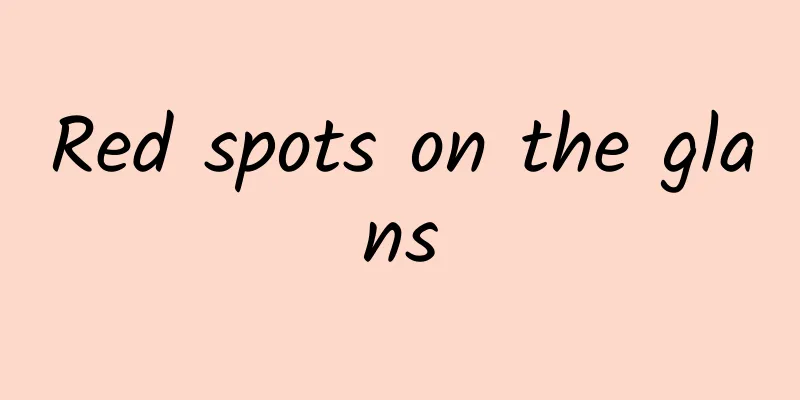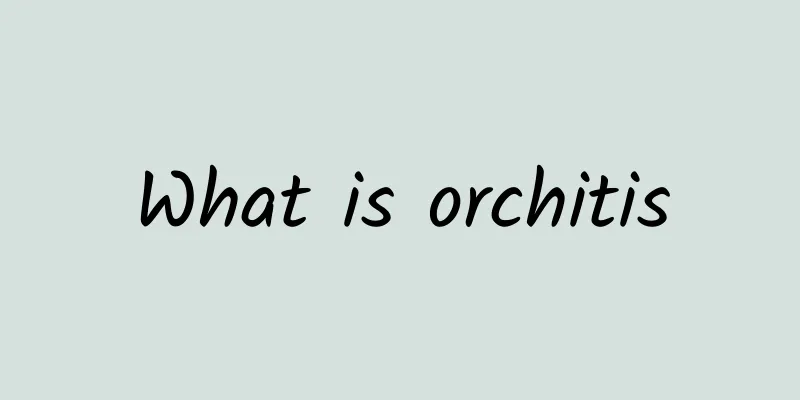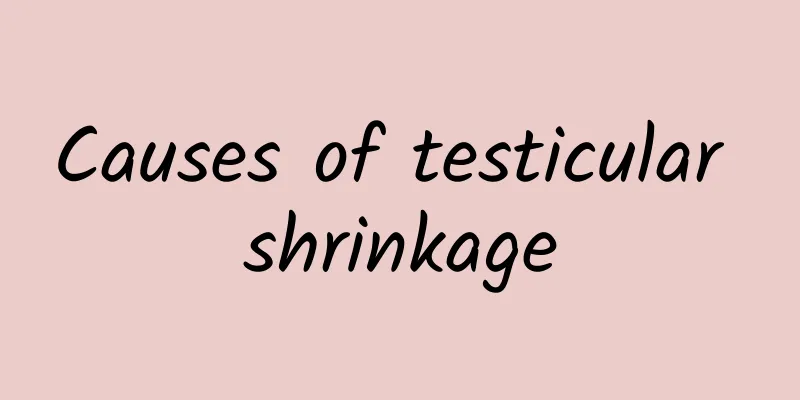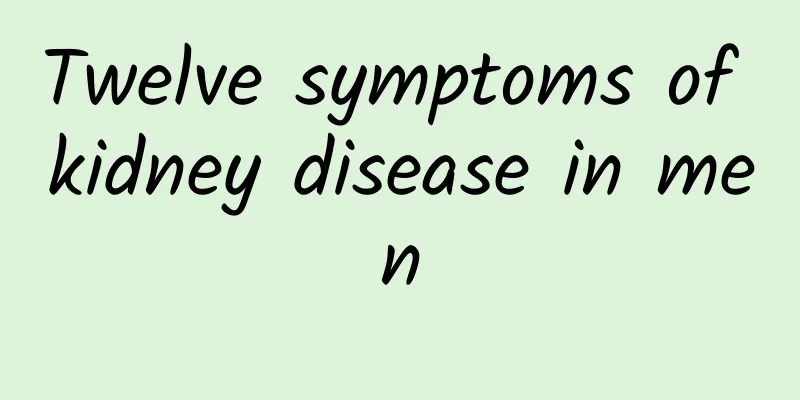Red spots on the glans

|
The glans is a very sensitive and fragile area on the male penis. In daily life, if a man does not pay attention to the hygiene and care of his penis, he may suffer from glans inflammation and other related diseases. Glans inflammation will make a man's penis extremely itchy, and many men even find red spots on the glans. So, are red spots on the glans related to glans inflammation? 1) Acute superficial balanoposthitis is characterized by local redness at the onset, redness and swelling of the penis skin, and a burning and itching sensation at the glans. When the foreskin is turned back, the inner surface of the foreskin and the glans can be seen to be congested and eroded, with exudate and even bleeding. After secondary infection, small ulcers can be seen, with foul-smelling milky white purulent secretions. If it rubs against underwear, it will be painful, and the patient often has difficulty in moving. It may be accompanied by enlargement and tenderness of the inguinal lymph nodes. (2) Annular ulcerated balanoposthitis: Red spots can be seen on the glans and foreskin. They gradually expand and become ring-shaped, and may form superficial ulcers. (3) Candida albicans balanoposthitis: Erythema can be seen on the foreskin and glans, with a smooth surface and small blisters. The edges of the erythema are clear, and there are erosions and exudates during acute attacks. (4) Trichomonas phimosis: papules and erythema appear on the glans, which gradually expand and have clear edges. Small blisters the size of a needle can be seen on the erythema, and finally an erosive surface is formed. The basic principle of western medicine treatment is anti-inflammatory and sterilization. Generally, both internal and external treatments are used. Erythromycin and tetracycline are the first choice for the treatment of acute superficial balanitis and annular effusive balanitis, generally 0.5g per dose, 4 times a day. The first choice for the treatment of trichomonal balanitis is metronidazole, 0.2g per dose, 3 times a day, for 10 consecutive days. For the treatment of balanitis caused by Candida albicans, trichostatin or itraconazole is often used for treatment. Trichostatin 100,000 to 200,000 units, twice a day, itraconazole 100mg per dose, twice a day, for 7 consecutive days. |
<<: Do men have to be circumcised?
Recommend
Which department should I go to for chronic prostatitis?
It is very uncomfortable for men to be sick, and ...
Causes of Low Testosterone in Men
The male body is also very prone to diseases. In ...
How to train the lower chest muscles, how to train the lower chest muscles
The lower chest is the most difficult part of the...
Male lower abdominal discomfort
Many men will have symptoms of lower abdominal pa...
The reason why men have eye bags
Whether male or female, eye bags are likely to ap...
How to distinguish unipolar depression from bipolar depression
Depression is not as simple as it seems. It actua...
The early symptoms of AIDS can be understood from these aspects
AIDS is a contagious sexually transmitted disease...
Does hematospermia require abstinence or blood discharge?
Patients with ejaculation bleeding are mainly cau...
Temperature is the "killer" of sperm. Does a man's cold affect his sperm?
Cold is a common disease, and fever is a common s...
How to recover from kidney deficiency and impotence
In the case of kidney deficiency, it is easy for ...
The four times when men are most likely to cheat
Preventing husbands from cheating is a skill that...
Does prostate calcification affect fertility? Men need to be vigilant
Many male friends do not take prostate calcificat...
Why can't the prostate be cured?
Prostatitis is a common disease among men. Men su...
Introduction to the sequelae of male vasectomy
As people pay more and more attention to family p...
Do men have menopause?
Many people think that menopause is a female phen...









